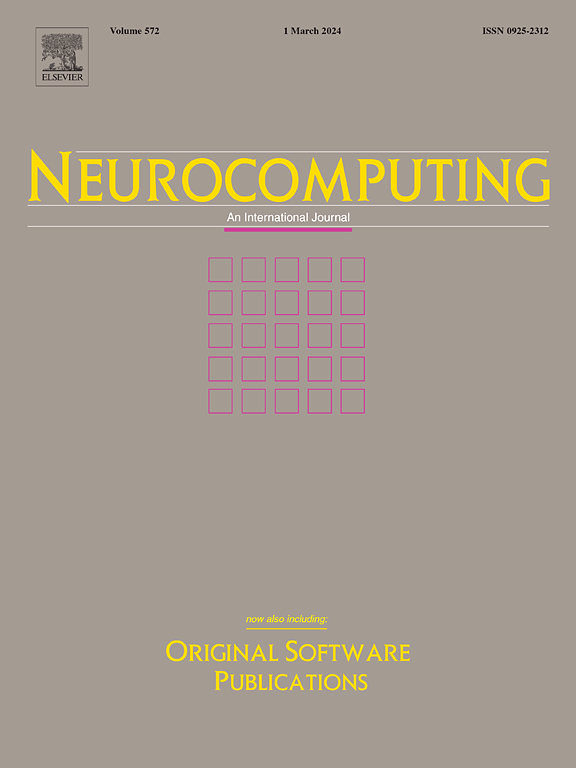CITAL: Counterfactual intervention for temporal action localization with point-level annotation
IF 5.5
2区 计算机科学
Q1 COMPUTER SCIENCE, ARTIFICIAL INTELLIGENCE
引用次数: 0
Abstract
Point-supervised temporal action localization (PTAL) requires only a timestamp annotated on each action instance for training. Most existing PTAL methods use multiple instances learning (MIL) paradigm that localize actions according to contributions of the snippets to the classification results. The gap between classification and localization tasks causes the models to focus more on clues than pure actions. And the models are prone to localize fake actions when there are biased clues between training and test datasets. Inspired by earlier efforts on causal inference, we propose a counterfactual intervention framework for PTAL, CITAL for short. Counterfactual intervention simulates how models respond to counterfactual inputs that contains the same clues without action instances. Intuitively, we can obtain the real response to the pure actions by comparing responses to the inputs before and after counterfactual intervention. Specifically, we propose a background suppression (BS) block to suppresses the background response by guiding the model pay more attention to action instances rather than clues. To fuse the output scores of the various inputs, we propose a fusing by imitation (FI) strategy that further modifies the scores to have a high response to actions and low response to the background segments, generating more accurate proposals. Besides, we propose a counterfactual example generation (CEG) block to generate counterfactual examples with only clues and background contents based on the point labels and snippet-level action scores. Our approach achieves significant mAP gains on THUMOS14, BEOID and GTEA benchmarks comparing to various CAS-based methods without introducing additional parameters.
求助全文
约1分钟内获得全文
求助全文
来源期刊

Neurocomputing
工程技术-计算机:人工智能
CiteScore
13.10
自引率
10.00%
发文量
1382
审稿时长
70 days
期刊介绍:
Neurocomputing publishes articles describing recent fundamental contributions in the field of neurocomputing. Neurocomputing theory, practice and applications are the essential topics being covered.
 求助内容:
求助内容: 应助结果提醒方式:
应助结果提醒方式:


